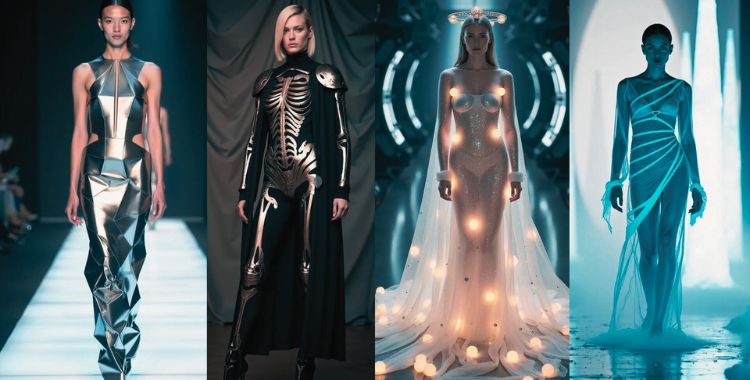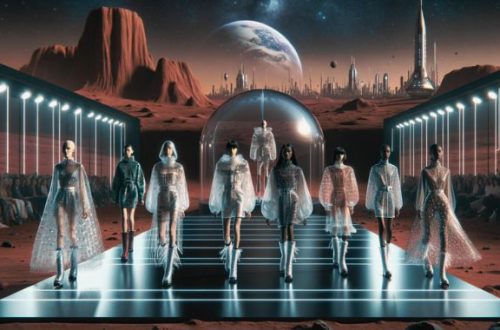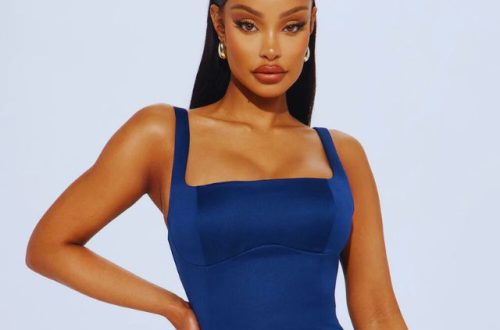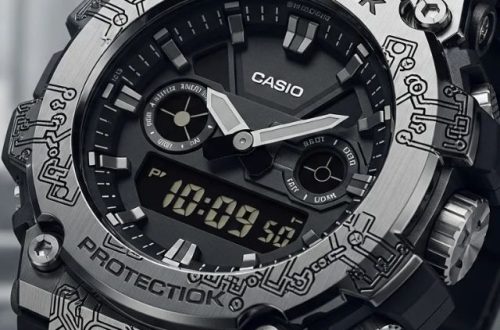Introduction
Luxury fashion has always been synonymous with craftsmanship, exclusivity, and timeless design. But in today’s digital world, even the most prestigious brands are embracing technology to stay ahead. From virtual showrooms to blockchain authentication, luxury fashion is evolving faster than ever — blending heritage with innovation.
Inspired by platforms like FashionWeekOnline.co.uk, this article explores how digital transformation is reshaping luxury fashion while preserving the artistry and emotion that make it so captivating.
The New Era of Digital Luxury
Luxury fashion once thrived on exclusivity — the allure of limited access, private boutiques, and hand-sewn perfection. Yet, the digital revolution has changed how consumers engage with high-end brands.
Today, digital luxury is about access through experience, not just ownership. Virtual fashion shows, augmented reality (AR) try-ons, and immersive storytelling allow customers to connect with brands like never before. Rather than replacing tradition, technology enhances it — bringing elegance into the modern age.
FashionWeekOnline.co.uk and similar digital fashion platforms have become key players in this shift, offering global coverage of luxury events that were once limited to elite guests.
Virtual Runways and the Digital Showroom Revolution
The global pandemic accelerated fashion’s digital transformation. Major luxury houses such as Louis Vuitton, Gucci, and Balenciaga pioneered virtual runway shows, using 3D animation and cinematic storytelling to present their collections.
Digital showrooms soon followed, allowing buyers and press to explore fabrics, fits, and details virtually. This innovation not only reduced travel emissions but also made the fashion cycle more efficient.
By integrating AR and VR, brands now provide personalized virtual experiences where customers can view, rotate, and even “wear” pieces digitally before purchasing — redefining luxury engagement.
NFTs and Digital Ownership
One of the most intriguing innovations in luxury fashion is the rise of NFTs (non-fungible tokens). These digital assets allow brands to authenticate ownership, create collectible pieces, and explore virtual fashion spaces like the Metaverse.
Luxury houses such as Dolce & Gabbana, Prada, and Burberry have launched NFT collections blending digital art and couture. Through blockchain technology, these pieces offer transparency, rarity, and proof of authenticity — qualities that perfectly align with luxury values.
FashionWeekOnline.co.uk has highlighted many of these collaborations, showcasing how technology is expanding the meaning of “luxury” beyond the physical world.
AI and Personalization in Luxury Fashion
Artificial intelligence (AI) has become a secret tool behind many luxury experiences. AI-powered analytics help brands predict buying patterns, curate product recommendations, and personalize customer journeys.
For instance, online boutiques now offer AI-driven styling assistants that understand a shopper’s taste and body type. Meanwhile, luxury retailers use machine learning to optimize inventory — reducing waste and improving exclusivity.
The result? A customer experience that feels handcrafted, even in a digital space — preserving the intimacy luxury buyers expect.
Sustainability and Digital Craftsmanship
Luxury brands are uniquely positioned to lead the sustainability movement, and technology is their most effective ally. By using digital tools like 3D design, virtual samples, and data-driven supply chains, many high-end fashion houses are reducing waste while maintaining premium quality.
For example, Stella McCartney integrates sustainable innovation into every stage of design, while Balenciaga and Burberry explore digital production to minimize fabric waste.
FashionWeekOnline.co.uk frequently spotlights such stories, highlighting how true luxury now includes environmental responsibility — not just exclusivity.
Luxury in the Metaverse
As digital spaces expand, the Metaverse is becoming a new frontier for luxury fashion. Virtual worlds such as Decentraland and Roblox now host fashion events, designer boutiques, and interactive experiences.
Luxury brands are creating digital twins of their collections for avatars, allowing style to transcend the physical world. This digital presence not only attracts Gen Z consumers but also reinforces the timeless desire for self-expression — a core element of luxury fashion.
Through these innovations, brands prove that luxury is not about resisting change; it’s about evolving gracefully with it.
The Human Touch: Where Technology Meets Emotion
Despite all the innovation, one thing remains unchanged — emotion. Luxury fashion continues to rely on craftsmanship, heritage, and storytelling. Technology amplifies these qualities but can never replace the artistry of human creativity.
The most successful luxury brands use digital tools to enhance the emotional experience — combining advanced visuals, personalization, and narrative design to create moments of connection.
As FashionWeekOnline.co.uk demonstrates through its coverage, the soul of fashion lies not in the tools but in the vision of those who wield them.
Conclusion
Luxury fashion and digital innovation are no longer separate worlds — they’re partners in progress. Together, they’re redefining how beauty, craftsmanship, and technology coexist. From AI-powered design to blockchain authentication, the future of luxury is both intelligent and emotional.
As digital media like FashionWeekOnline.co.uk continues to spotlight these transformations, one message becomes clear: the essence of luxury isn’t lost in technology — it’s reborn through it.
The brands that understand this balance will not only survive the digital revolution — they’ll lead it.





